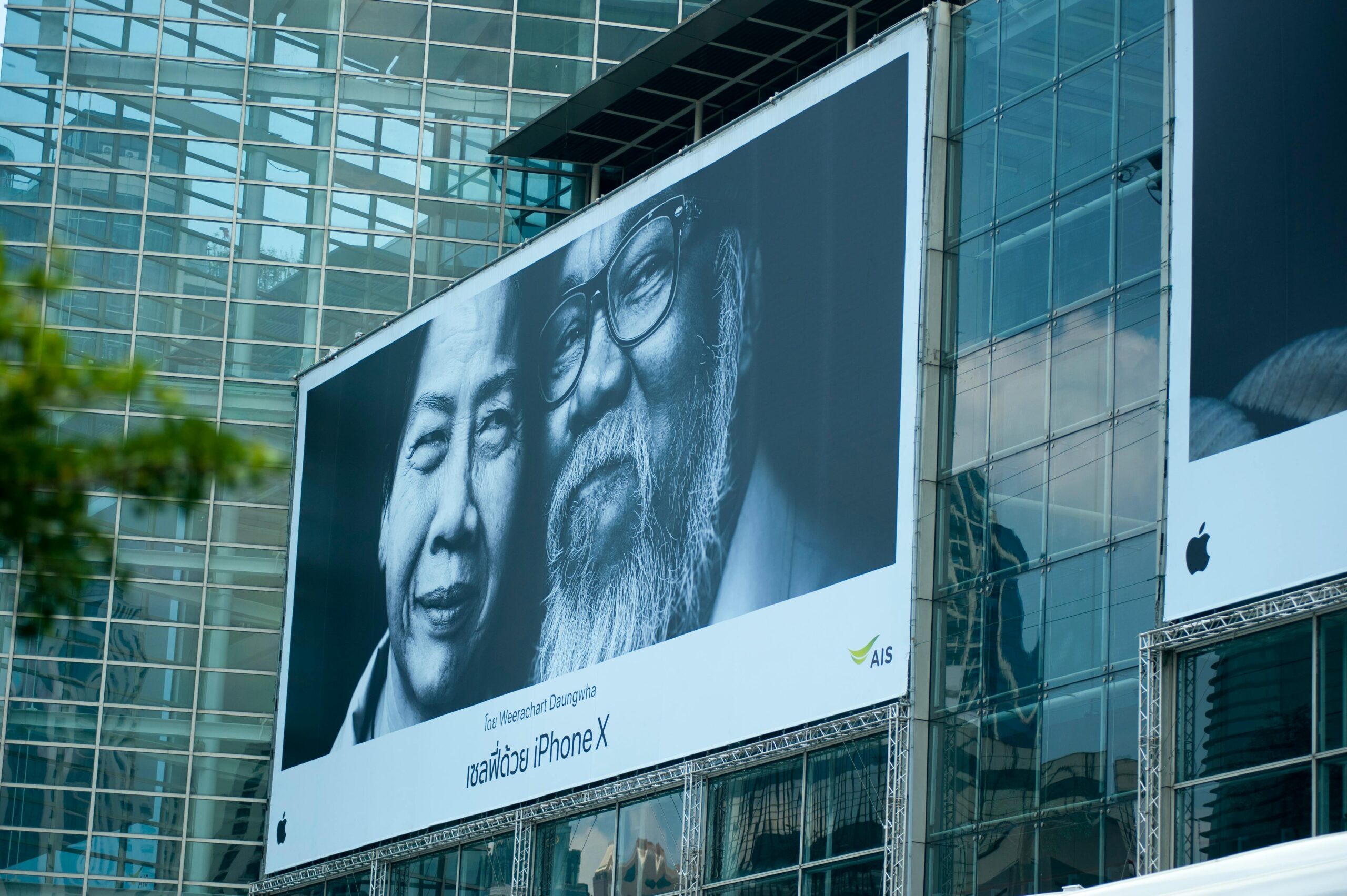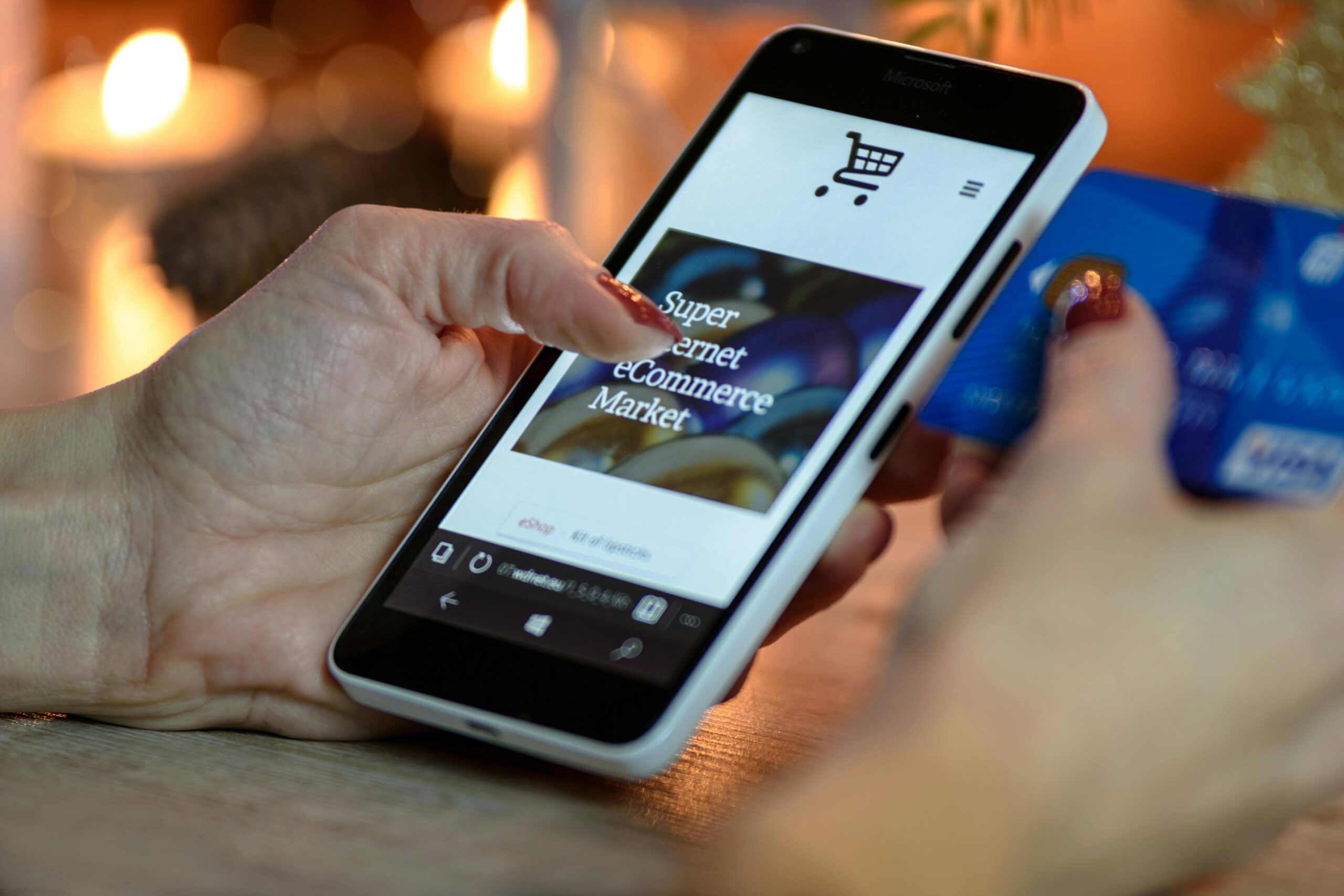In digital commerce, data is the new storefront.
From WhatsApp messages to Shopify product descriptions — from TikTok DMs to brand bios…
Smart cities are reshaping how we shop.
Not just faster delivery.
Not just hyper-local targeting.
But real-time rhythm — built on movement, behavior, and presence.
Because real growth doesn’t come from traffic alone — it comes from emotional alignment , curiosity , and knowing when to match city energy with brand strategy.
In this guide, we’ll explore:
- Why urban presence beats broad reach
- How smart data builds meaningful rapport without pressure
- Real-world examples from DTC brands to dropshippers
- And what psychology says about how people respond to unseen shifts
Let’s dive into Smart Cities, Smarter Shopping: Localized eCommerce Using Urban Data — and discover why sometimes, the strongest message isn’t fast…
It’s felt.
The Emotional Science Behind City Rhythm: Why Presence Works Better Than Push
We assume that convenience wins hearts — but research shows otherwise.
According to MIT Sloan Review , over 60% of Gen Z shoppers return to brands that recognize them — not just retarget them.
That means:
A campaign might look polished…
But if your tone feels off — no one buys.
While a line like
“Still smiling from our last drop — wanted to keep things warm between us.”
Can replay in someone’s mind for days — even before purchase.
Because real sustainability builds best behind curiosity , not clarity.
And sometimes, the strongest move in digital interaction…
Is noticing what she didn’t say — before you reply.
5 Types of Urban Behaviors That Build Deeper Bonds (Without Rushing the Sale)
Here’s how soft tech changes trust — and spending habits — through local rhythm.
| She watches your story twice — then sends a voice note | Curious, not casual |
| He replies instantly — but only with an emoji | Interested — but guarded |
| She waits 24 hours — then sends a thoughtful message | Processing internally |
| Your product page gets high time-on-page but low conversion | Trust-building phase |
| Your DM gets read — but no reply for hours | Not ignoring — just thinking |
These aren’t just engagement signals — they’re conversion indicators .
So instead of asking “Did she click?”…
Ask:
“Did she stay?”
Because in modern retail…
Tone beats tension. Silence speaks before sound.
Real-Life Examples: When Quiet Strategy Built Something Real — and When Rushed Tech Broke the Moment
Let’s look at real cases where soft language built lasting value — and where aggressive automation quietly lost it.
The Skincare Brand That Used Geo-Fencing — Then Regained Trust With Rhythm
A direct-to-consumer skincare store used Shopify Magic + urban mobility data to launch location-based offers.
They sent messages like: “Your energy makes me rethink what chemistry feels like.”
Result?
- Higher retention rate
- Warmer DMs
- Fewer fake clicks
💡 Why It Mattered: They matched buyer rhythm — and made their product feel real before purchase.
Which made all the difference — and showed that presence still converts better than pushy ads .
The Influencer Who Used AI to Predict Her Next Move
She launched a new hoodie using Shopify Magic to personalize follow-ups based on browsing behavior inside her mobile app.
She said:
“I wasn’t going to scale today… but clearly, I failed.”
Then adjusted by:
- Pausing underperforming audiences
- Rewriting copy to match emotional warmth
- Adding bot detection to prevent fake clicks
Result?
- Fewer abandoned carts
- More authentic buyers
- Repeat customers who trusted the process
💡 Lesson Learned: Growth without rhythm leads to waste — not legacy.
The Store That Took a Loss — Then Rebuilt With Presence
An apparel brand scaled too fast using a merchant cash advance tied to future sales.
At first:
- High ad spend
- Fast inventory release
- Strong DM engagement
But soon:
- Repayments ate margins
- Voice notes stopped coming
- Reviews turned cold
💡 Why It Mattered: They didn’t test rhythm — they chased volume.
And real presence vanished under pressure.
How to Build Campaigns That Land With Emotional Intelligence
Want your ads to build trust — not tension?
Here’s how top-performing sellers use urban data — and protect their budgets — with clarity.
✅ 1. Lead With Lightness — Then Let Emotion Land
Instead of aggressive CTAs like: 🚫 “Buy now — don’t miss out.”
Try: ✅ “Still smiling from our last drop — wanted to share something rare.”
One feels robotic.
The other invites curiosity.
Because in digital commerce…
Tone beats urgency. Presence beats performance.
2. Use Humor That Disarms Tension
Playfulness reduces stress — and makes transparency feel less formal.
Good Examples:
“I promise to stop trying so hard to impress — after this message.”
Avoid sarcasm that feels sharp — keep it light, not lazy.
Because real charm doesn’t need edge to land well.
3. Acknowledge Viewer Boundaries Before Testing Them
Some people need space to process. Others thrive on directness.
So instead of chasing conversions, try pausing.
Example: “Now I’m going to give you space — but wanted to keep things warm.”
This shows control — and builds comfort.
4. Don’t Force Deeper Topics Too Soon
Even if you’re building real rapport — avoid diving into complex logistics early.
Save those for later — once trust builds.
Because real emotional depth begins with lightness — not weight.
5. Keep Tone Warm — Not Overly Formal
People navigating multiple conversations often respond better to light, steady energy — not dramatic declarations.
Avoid lines like: “What are you really looking for?”
Stick to: “Your presence makes me rethink what chemistry feels like.”
“I think my phone cracked when I saw your address. Worth it.”
One creates pressure.
The other builds presence.
And that’s exactly what modern shoppers crave.
Frequently Asked Questions (FAQ)
Q: Do women notice subtle flirty messages?
A: Absolutely — especially when they match her energy and avoid pressure.
Q: Should I use AI to write my openers?
A: Only if you personalize them afterward — AI can suggest, but only you can match emotion.
Q: What if she ignores my message?
A: Don’t panic — give her time. Silence doesn’t always mean disinterest.
Q: Can I flirt without sounding desperate?
A: Definitely — focus on warmth over urgency.
Q: Is it okay to mention that I noticed her energy?
A: Yes — and often preferred over appearance-based comments.
Final Thoughts
Flirting has never been about volume — it’s always been about presence .
And now, thanks to the power of digital communication…
The best messages aren’t shouted — they’re spoken softly after silence.
So next time you launch a campaign or send a message…
Don’t just ask:
“Did she read it?”
Ask:
“Was it meant for her — or just for metrics?”
Because the most attractive thing you can do…
Isn’t always a clever line.
It’s a sentence — or a geo-targeted offer — that makes someone feel safe enough to engage — even when the numbers don’t lie.
And sometimes, that’s all it takes to turn quiet admiration into real connection — and profit.










